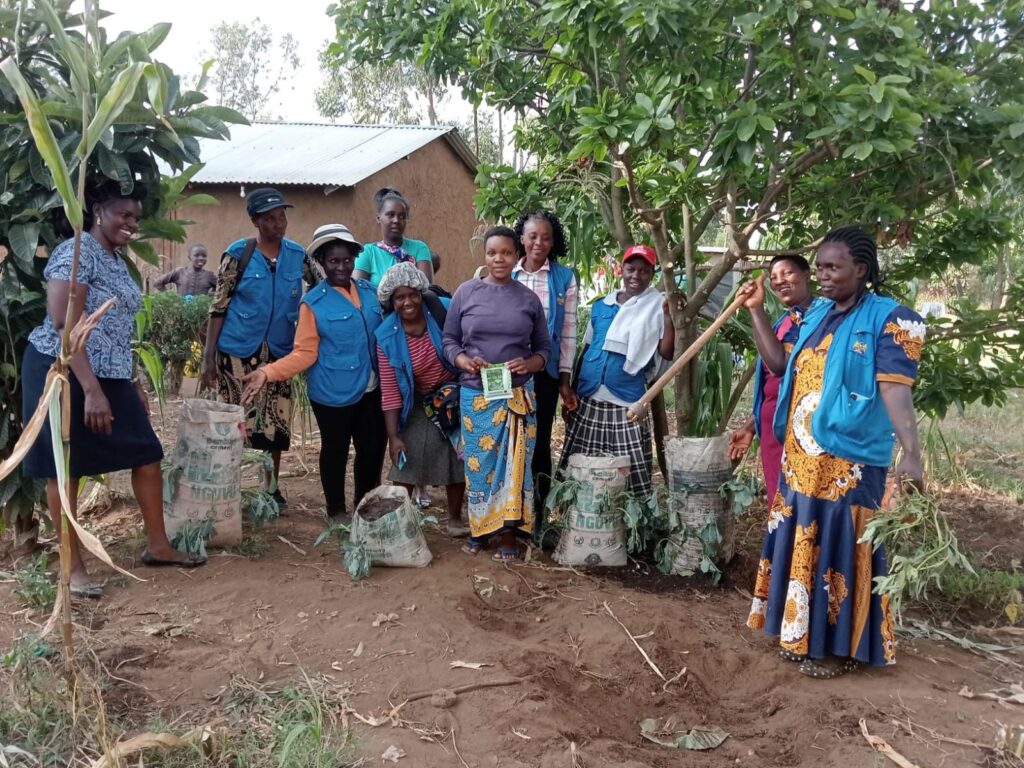Kenya is undergoing a major economic transformation as the government shifts focus from an over-reliance on urban industrialization to prioritizing agriculture and the informal sector. This strategic pivot aims to absorb the growing workforce and stimulate grassroots economic growth.
The Bottom-up Economic Transformation Agenda (BETA) puts farmers, micro-entrepreneurs, youth, and informal workers at the heart of development. The approach acknowledges that the industrial sector alone cannot create sufficient employment and instead capitalizes on agriculture’s massive potential. In 2024, agriculture contributed 17.1 percent to the GDP and employed more than 70 percent of the rural population.
To support this shift, the government has implemented key reforms and programs. These include subsidized fertilizer, reintroduction of the Guaranteed Minimum Returns (GMR), and expansion of agricultural insurance. Fertilizer prices have dropped from Sh7,500 to Sh2,500 per 50kg bag, enabling more widespread use and boosting maize production by 39 percent to 85.7 million bags. Consequently, maize imports decreased by 66.6 percent, and food prices stabilized.
Insurance programs under the DRIVE Project have grown rapidly, covering over 649,000 Tropical Livestock Units by 2025. This has provided financial security to more than 1.6 million pastoralists in arid regions, who are now more confident in investing in livestock.
The GMR initiative has also made a noticeable impact. Dairy farmers now earn Sh50 per litre, up from Sh37, while producers of sugarcane, wheat, and macadamia benefit from stable, assured prices. This financial predictability is allowing farmers to plan better and reinvest in their farms.
The revival of the sugar industry illustrates the potential of this shift. Production increased by 76 percent, reaching 832,185 metric tonnes and surpassing domestic demand. Leasing state-owned factories and clearing farmer arrears have contributed to this recovery, with farmers now receiving bonuses for the first time in years.
Technology is playing a critical role through tools like KIAMIS and the E-voucher system, which enhance transparency and ensure subsidies reach the intended farmers. Over 6.5 million farmers have been enrolled, improving access to government support.
Youth and women are also being targeted through the Y-MAP initiative, which provides training, seeds, and livestock to make agriculture appealing and economically viable. Reviving school-based 4-K Clubs is part of this effort, cultivating early interest in farming.
Strategic meetings chaired by national leadership continue to monitor progress across high-value agricultural value chains, while infrastructure improvements are underway to support the sector.
This reorientation toward agriculture and informal employment is not only creating jobs but also laying the foundation for a more inclusive, food-secure, and resilient economy.

